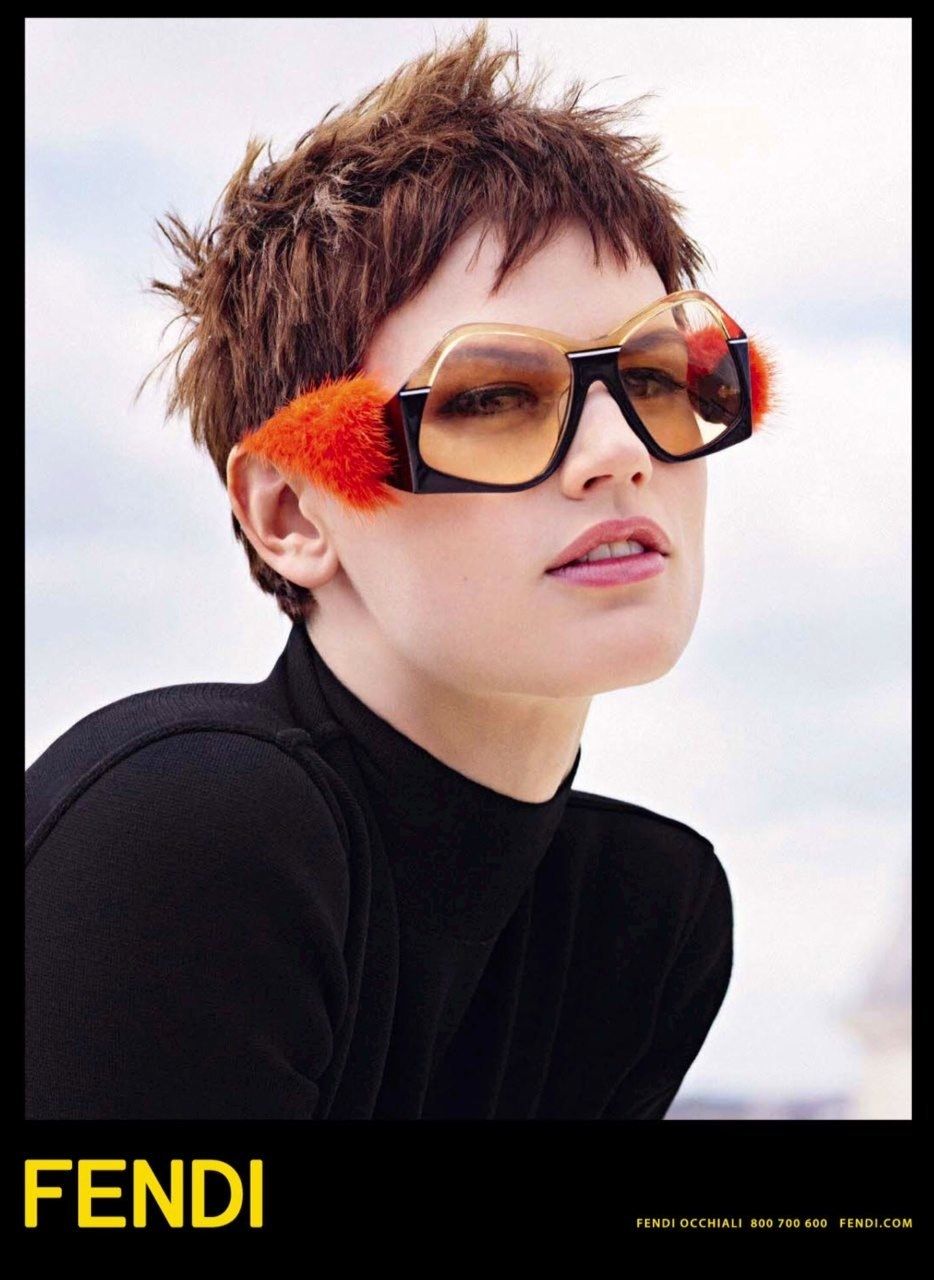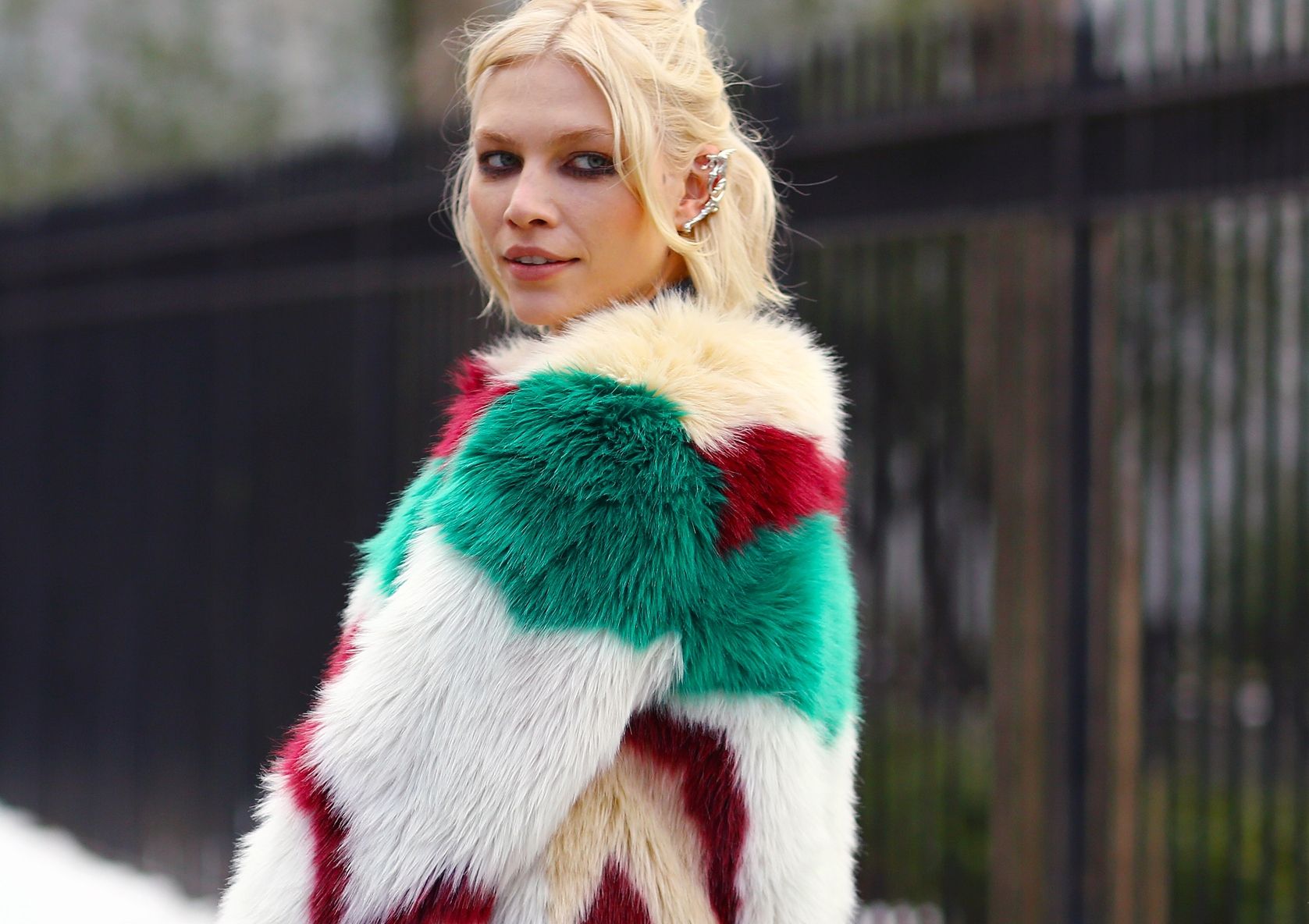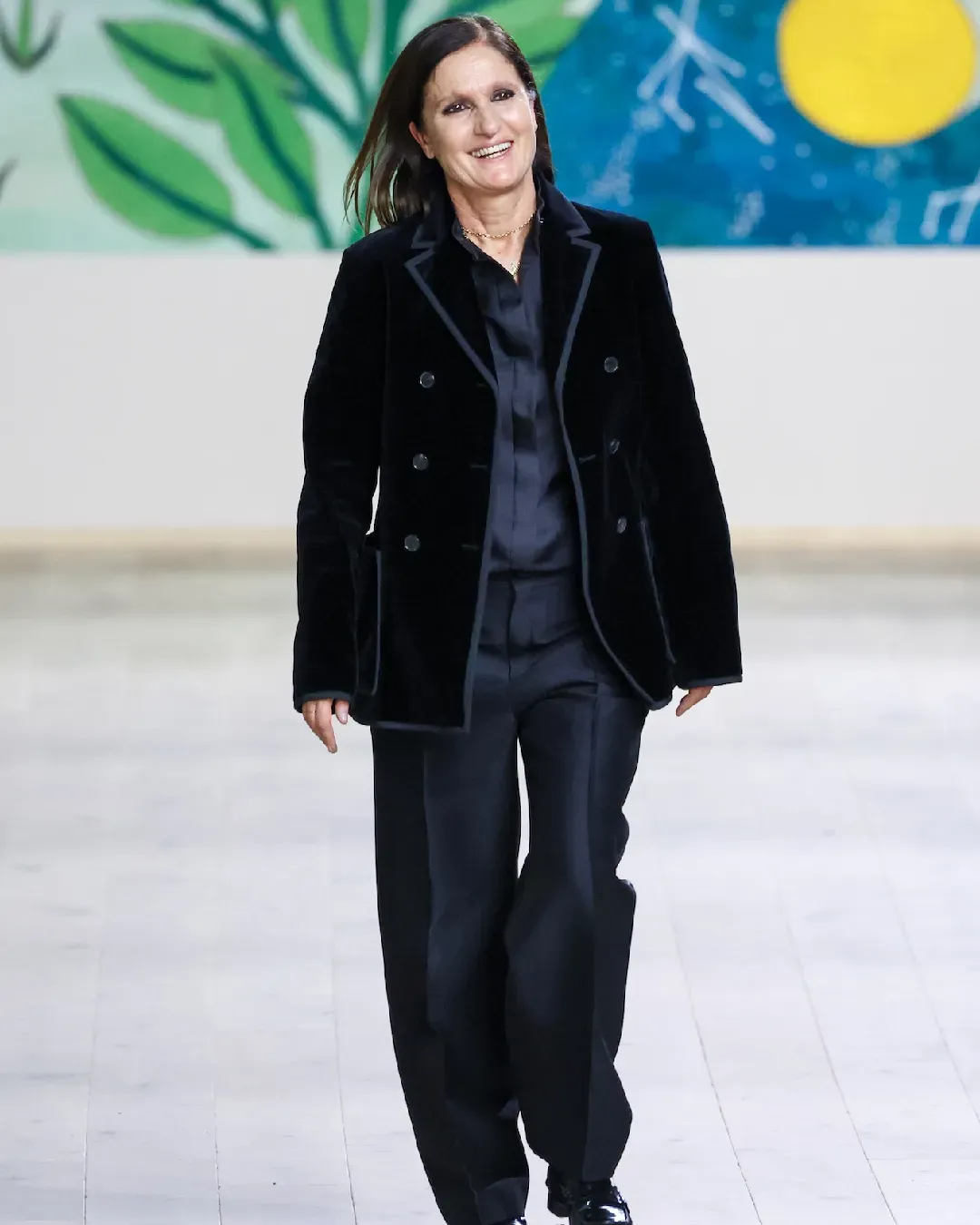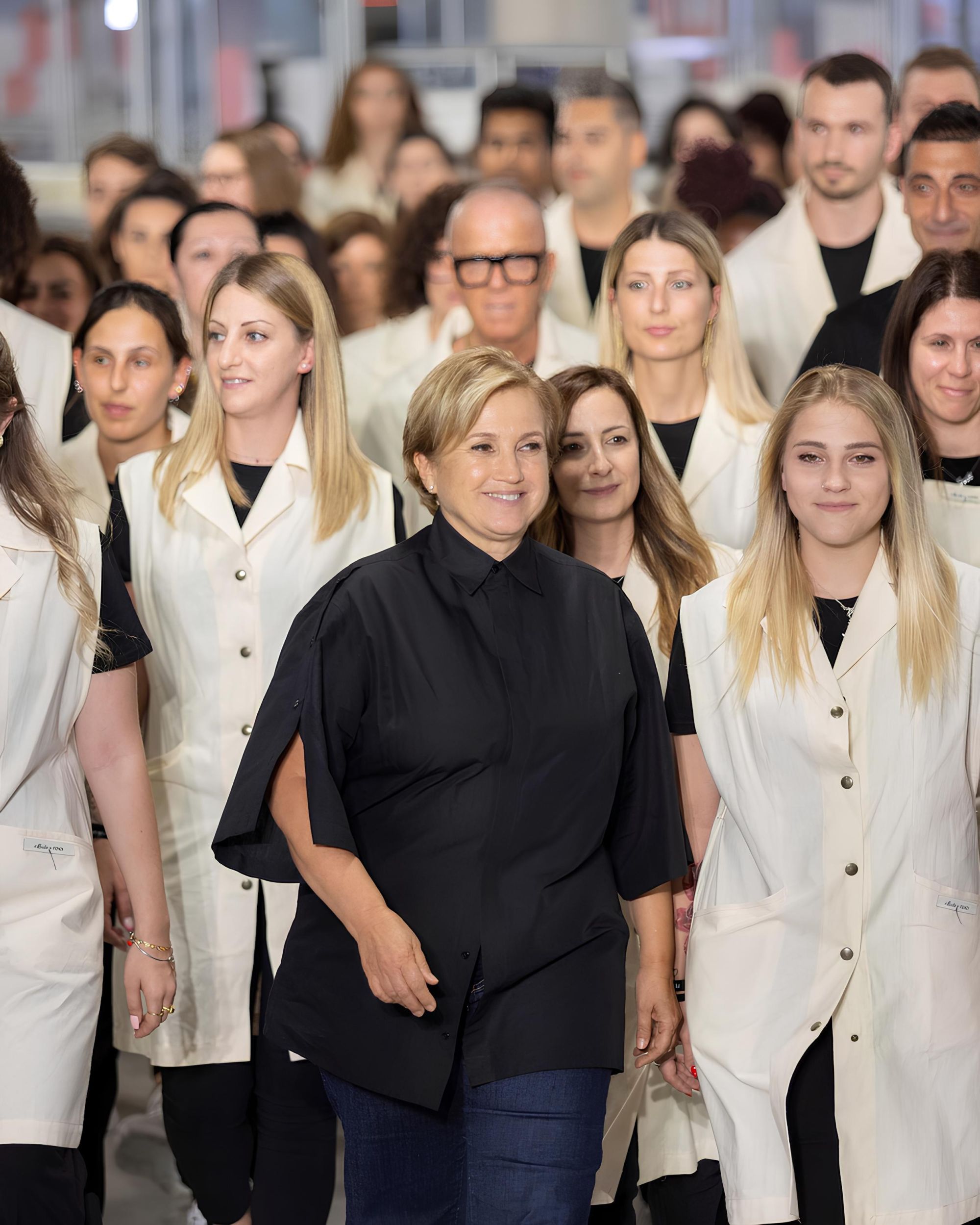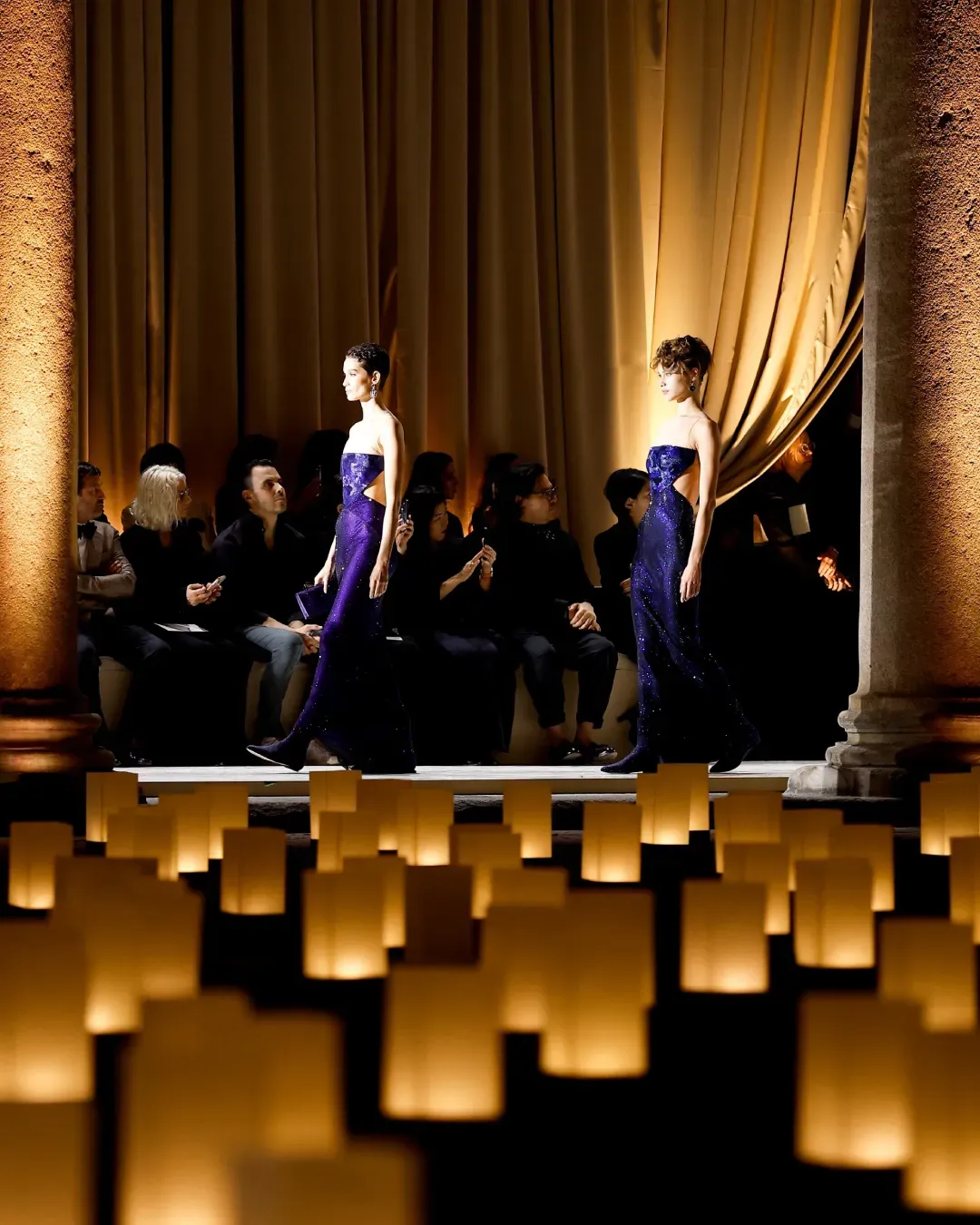
Does fur still have a role in fashion? Fendi first Haute Fourrure show made us think over it
In the evening of the first Haute Fourrure show signed by Fendi that will take place tonight in Paris, a question comes up spontaneously: does fur still have a (dominant) role in fashion?
At the origin it was Adele Fendi, who, in the 20s, inside her Roman atelier, started to make of fur the focus of her women’s collections. In 1965 a young Karl Lagerfeld joined the House team and contributed to make fur an object of desire for many women. Soft and precious, it was not prerogative of outwear anymore: it became the protagonist on clothes and accessories and still today, fur is always present in the collections of the brand. Voluminous key rings or applications on handbags and clutches, fur has become an emblem of Fendi in the world.
At the same time, another (opposite) trend became established in the fashion system: staunch animalism asking to abolish leather (and fur) from the collections of the major designers. The main representative of the movement is with no shadow of a doubt Stella McCartney, who excluded completely every fabric of animal origin from her collections and follows a vegetarian diet (like her parents Paul and Linda). Among the supporters of animal defence on the catwalk there's also Dame Vivienne Westwood, who renounced to fur after learning from PETA (People for the Ethical Treatment of Animals) about the treatment animals go through to give life to the items we wear.
In 2015 the fashion industry has found many alternative materials with similar performances, but some still consider real leather (and fur) irreplaceable for quality and aesthetic.
Tonight in Paris we’ll assist to an historic event. How will animal-right activists react to the show? Does fashion still need real fur to show off its luxury?










































